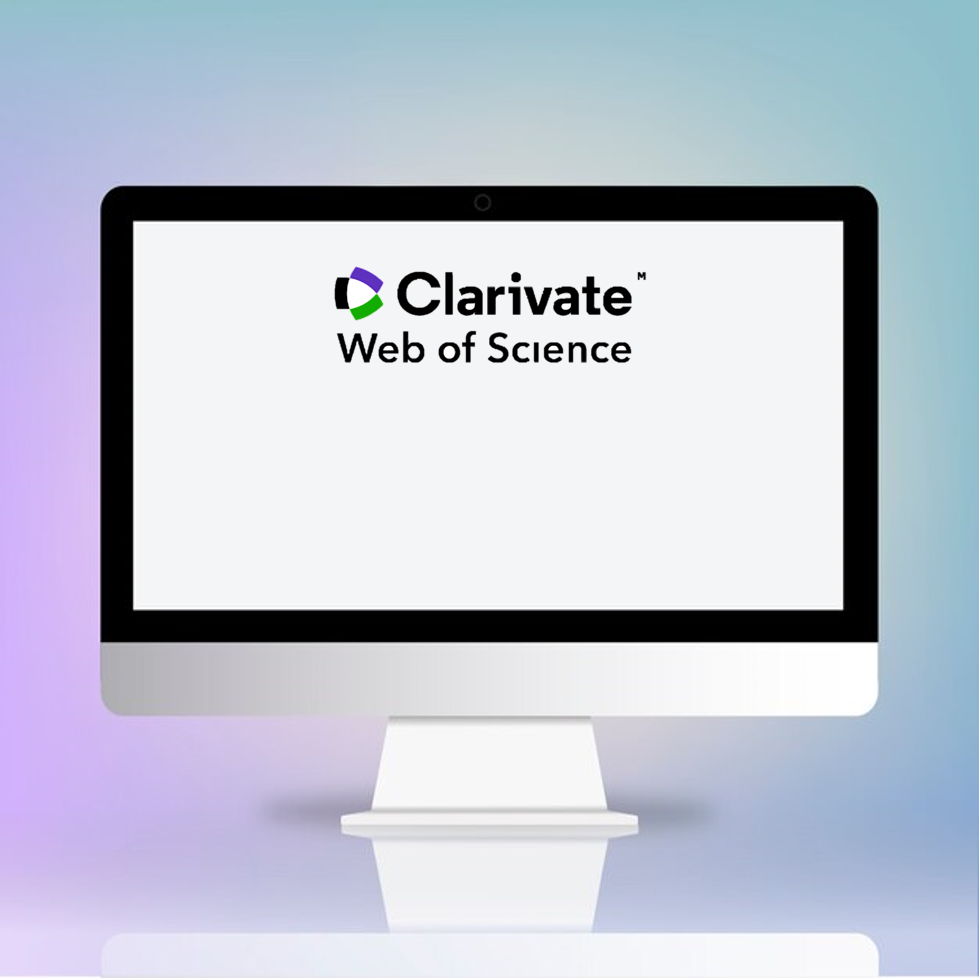Navigating Publication Success: Everything You Need to Know About Clarivate and Journal Publishing


Here, we will take you step-by-step through the crucial steps needed to publish successfully in Web of Science.
Explore journals using the Journal Citation Reports (JCR) on the Web of Science.
Consider impact factors, rankings, and citation metrics.
Select reputable journals aligned with your research area.
Thoroughly review the author guidelines provided by the target journals.
Pay attention to formatting requirements, word limits, citation styles, and instructions for figures and tables.
Ensure your research is robust, well-structured, and presented.
Follow the standard structure of an academic paper.
Revise the manuscript for clarity, coherence, and adherence to ethical guidelines.
Seek feedback from colleagues or professional editing services.
Introduce your research and highlight its significance.
Personalize the letter and address the editor by name.
Briefly mention relevant previous correspondence or presentations.
Make a strong case for the importance of your research.
Visit the journal's website and access the submission portal.
Create an account if required and carefully follow the submission instructions.
Upload all necessary files, ensuring compliance with formats and size restrictions.
Manuscript undergoes rigorous evaluation by experts in your field.
Be prepared to respond to reviewer comments and suggestions.
Address comments thoroughly and professionally.
Carefully read the reviewer's comments and revise your manuscript accordingly.
Provide detailed responses to each comment, justifying your decisions.
Submit the revised manuscript within the given timeframe.
Receive notification of acceptance after successful peer review and revisions.
Provide final versions and additional materials requested by the journal.
Your article will be scheduled for publication in the Web of Science-indexed journal.
Web of Science indexes your article, making it discoverable to researchers.
Track citations to measure the impact of your work.
Increased visibility and potential for collaboration.
Remember, these steps serve as a general guide, and specific requirements may vary among journals. Adhering to the guidelines and being responsive throughout the process will contribute to a successful publication in Web of Science.

SITA is a leading academic support service that can significantly assist authors in publishing their work in Web of Science-indexed journals. With their expertise and comprehensive range of services, SITA provides valuable guidance and support throughout the publication process. Let's explore how SITA can help authors publish their research in Web of Science.
What services do we offer?
Why choose SITA Academy?




Premium quality
Satisfaction Guarantee
24/7 Services and Global Coverage
Team of Human Professionals
If you have any questions, inquiries, or would like to learn more about our services, please don't hesitate to reach out to us. Our dedicated team is ready to assist you.